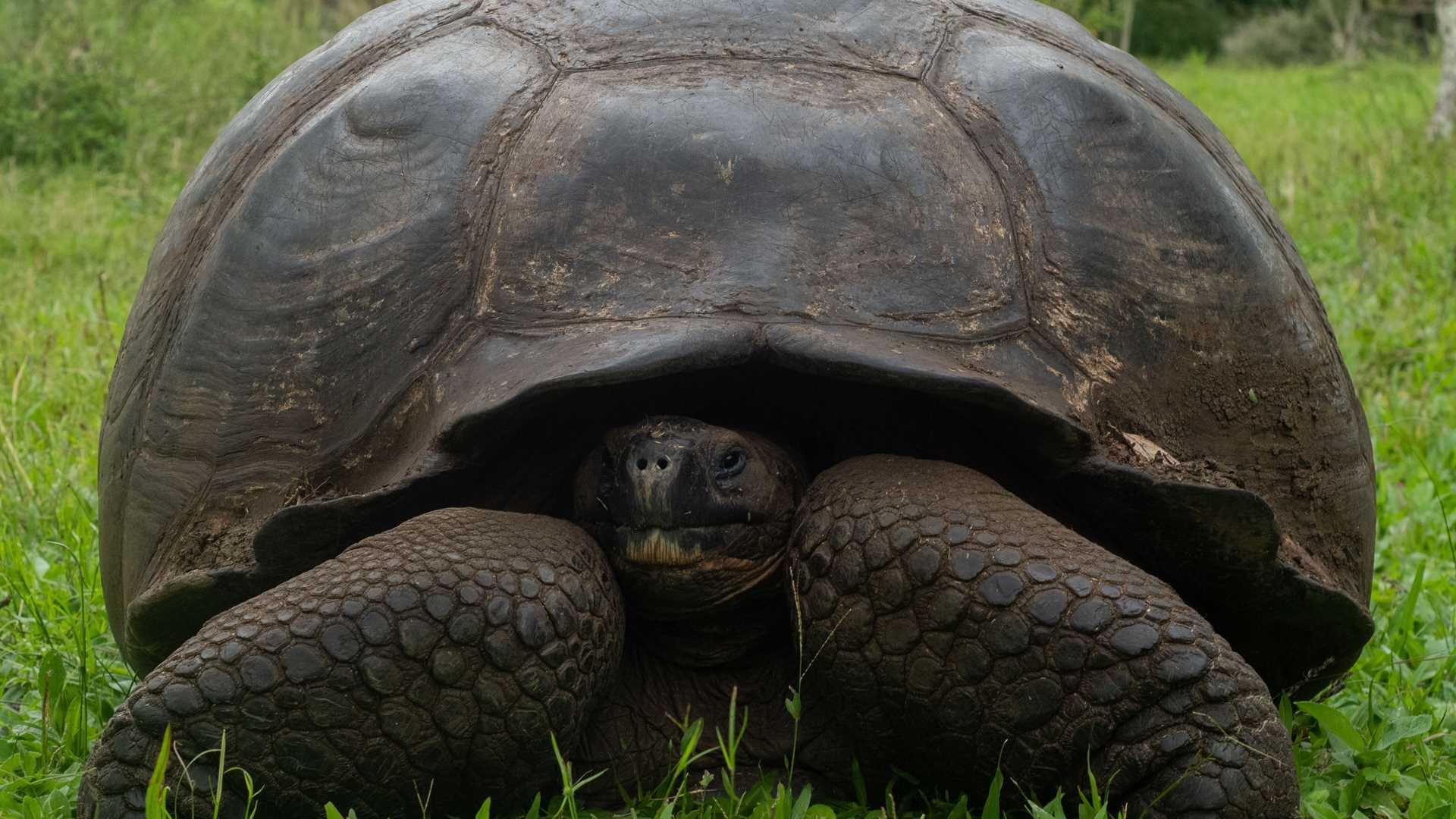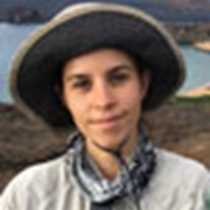Today we woke anchored in Academy Bay with the sight of Puerto Ayora in the distance, a beautiful and busy town. This island has the largest population of giant tortoises and also the biggest human settlement of the islands. Our first visit of the day was to the Charles Darwin Research Station, where we went to the breeding center of the giant tortoises, the most iconic project of the national park. Here we found mating tortoises, eggs, and baby giants, and we learned all about the station’s work and the other conservation projects on the islands. Walking through town, we got to see local life unfolding, including the fishermen’s market where sea lions and pelicans waited for some leftovers. Then we visited the highlands of Santa Cruz. On the way, we stopped at a small farm that sold coffee, sugarcane, and exotic fruits. We watched how “panela,” a local sweetener, is made. We also observed the process of roasting coffee and even got to taste the local moonshine, which was really strong. The best part of the day was yet to come: seeing giant tortoises in the wild! At “El Manzanillo Ranch,” we had lunch as tortoises roamed freely. We changed into rubber boots and went to get a close look of these gentle giants.
6/13/2025
Read
National Geographic Endeavour II
Genovesa Island
We started the day with excitement as we landed on the beautiful, pristine coast of Isla Genovesa - a true birder’s dream. Along the sandy beaches and steep cliffs of Darwin Bay, we were surrounded by an incredible array of birdlife. Frigatebirds soared closely overhead with their red pouches on full display, while Nazca and blue-footed boobies nested along the rocky ledges. Swallow-tailed gulls called out as we walked past. In the distance, we saw the stoic and elusive short-eared owl. The island was alive with color, sound, and constant movement. Between our excursions to Isla Genovesa, we snorkeled near Prince Philip’s Steps and discovered a vibrant world beneath the waves. Schools of fish swirled around us, a fur seal turned in the water as if dancing on cue, and sea lions relaxed nearby. As our last snorkeling adventure came to a close, we spotted a sea turtle resting calmly in a crevice. As the sun retreated into the sky on our last return to National Geographic Endeavor II, we reflected on the sheer magnitude of what we witnessed on our last full day. Isla Genovesa, like the other islands, gave us a connection to a sacred world. The harmony between land, sea, and sky reminded us how deeply interconnected, vital, and fragile these ecosystems are. Watching birds tend to their nests and marine life swim effortlessly, we were struck by how little space there is between wonder and reverence. We recognized that our journey wasn’t just about observing unique wildlife, it was about feeling part of something grander and beautifully ancient.







